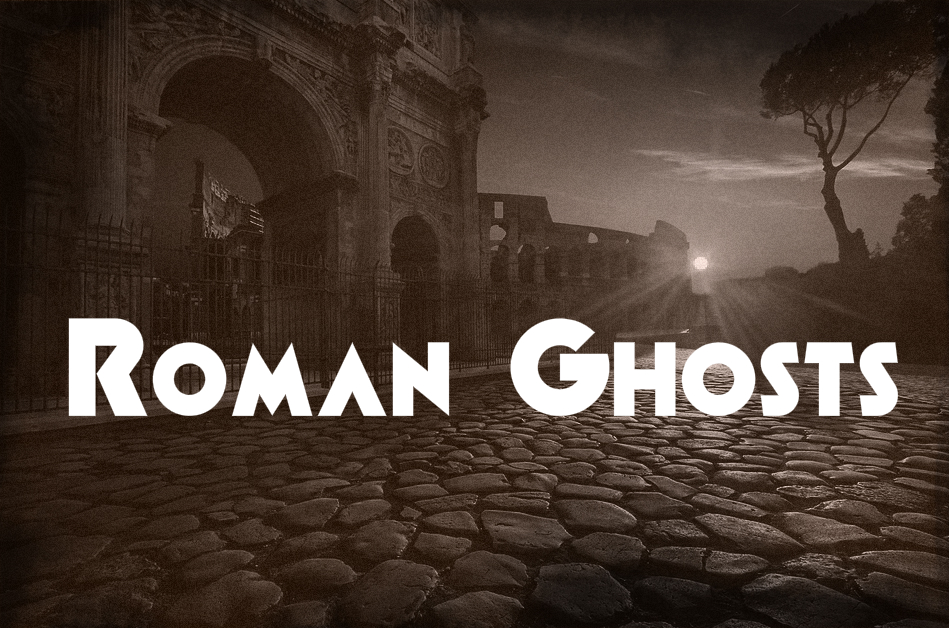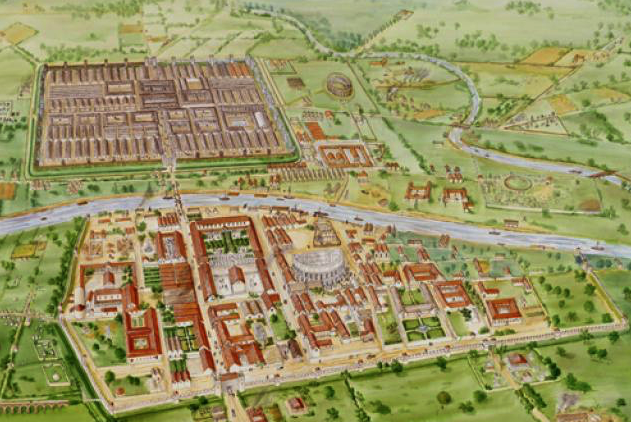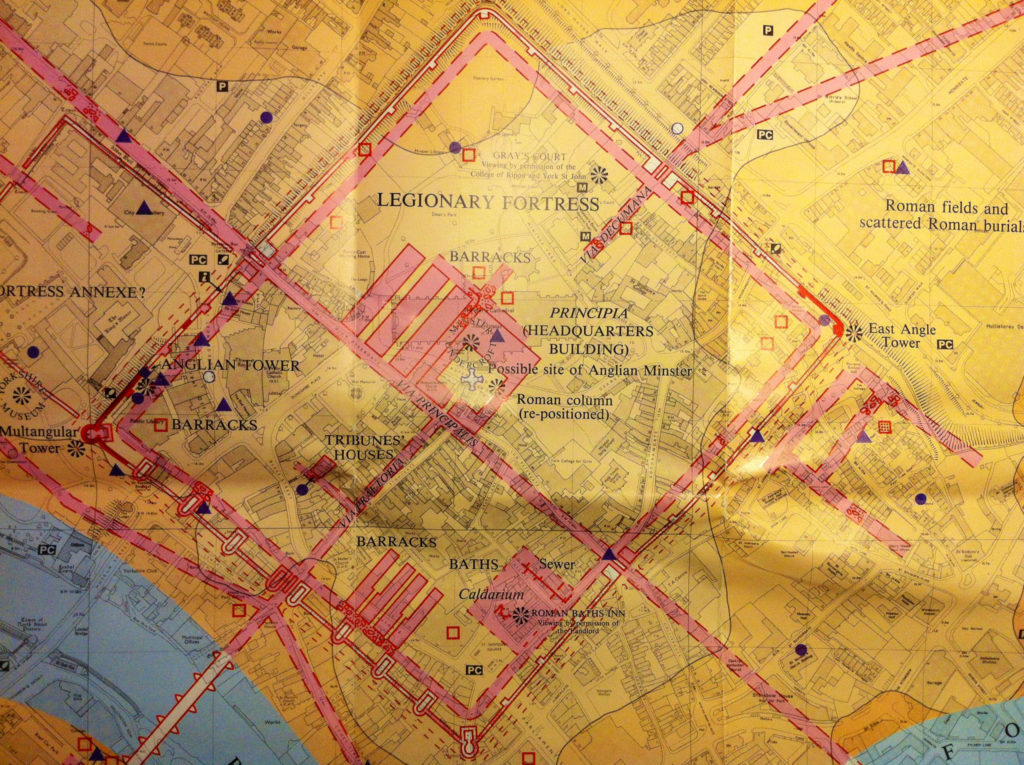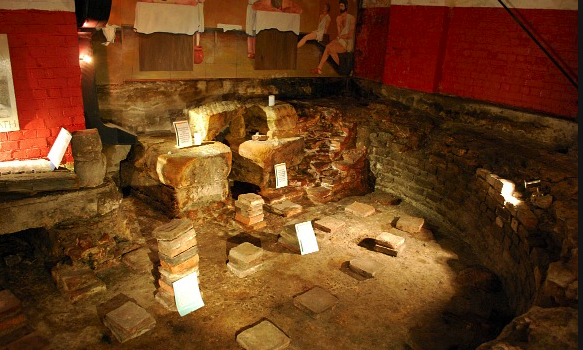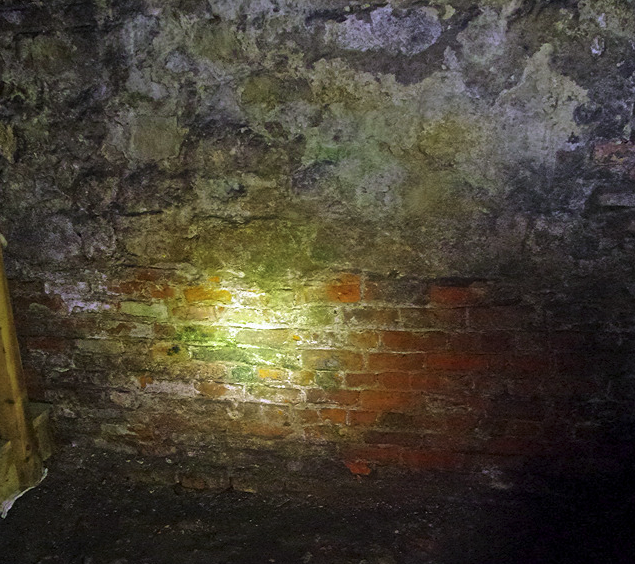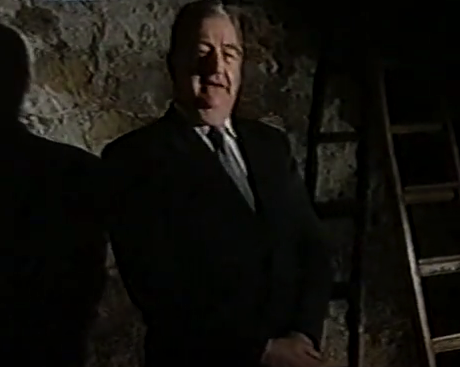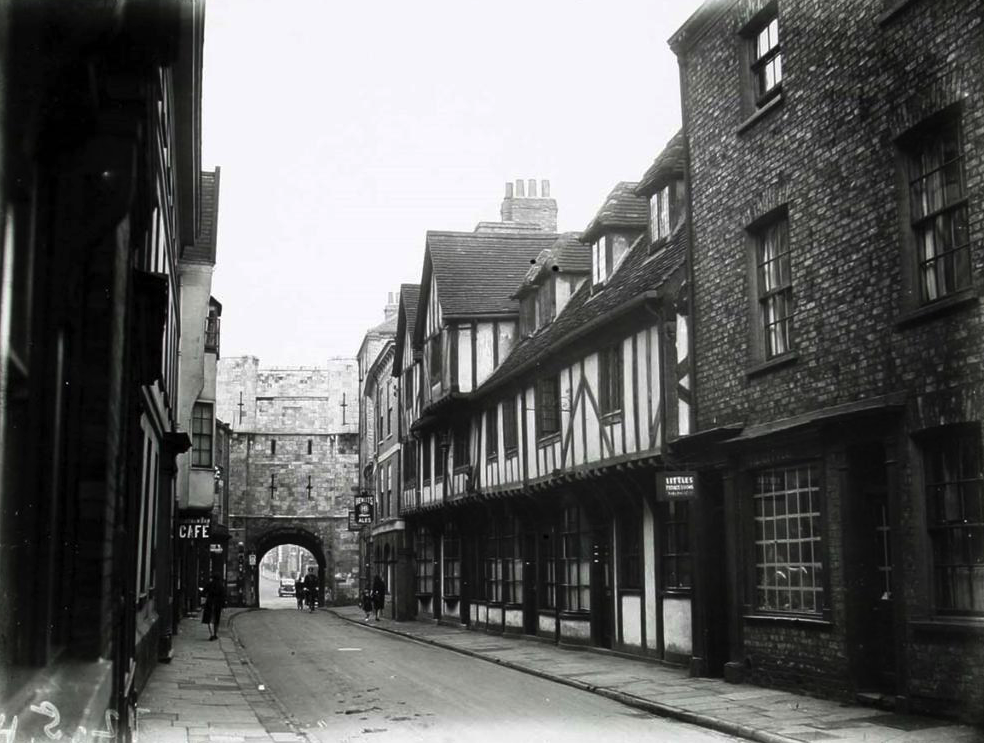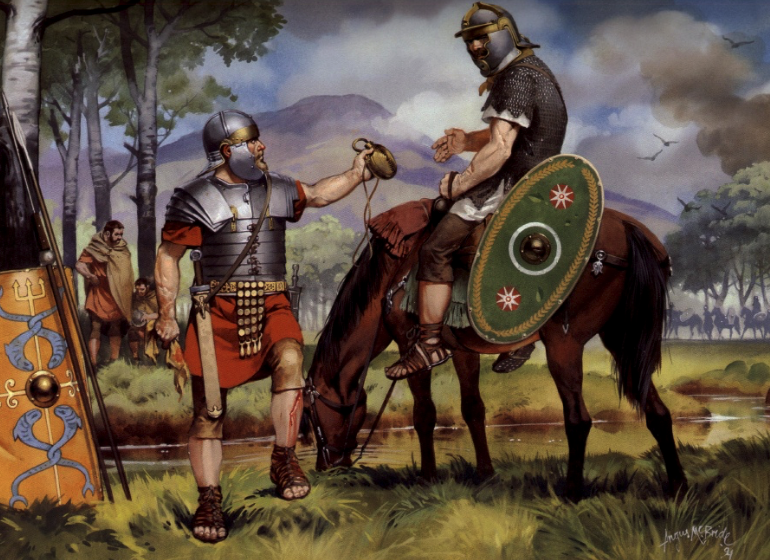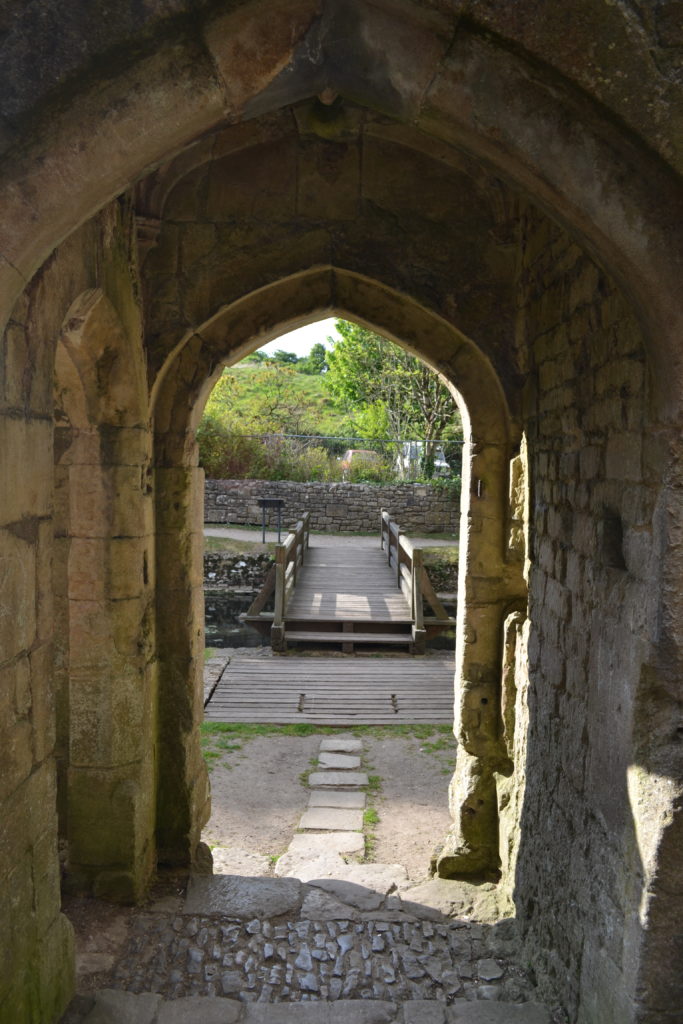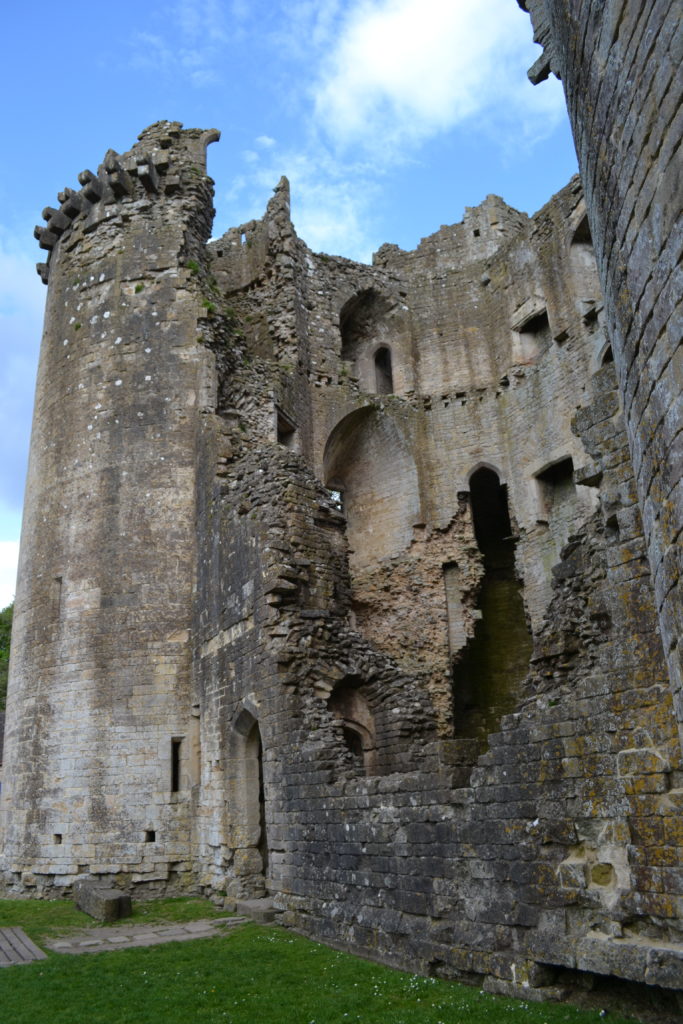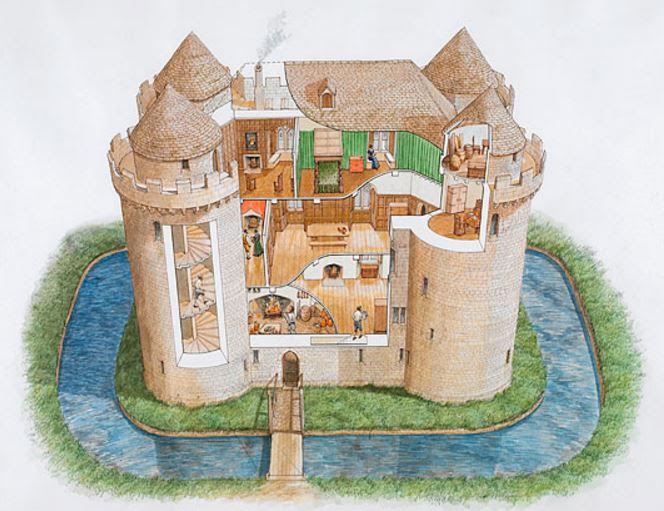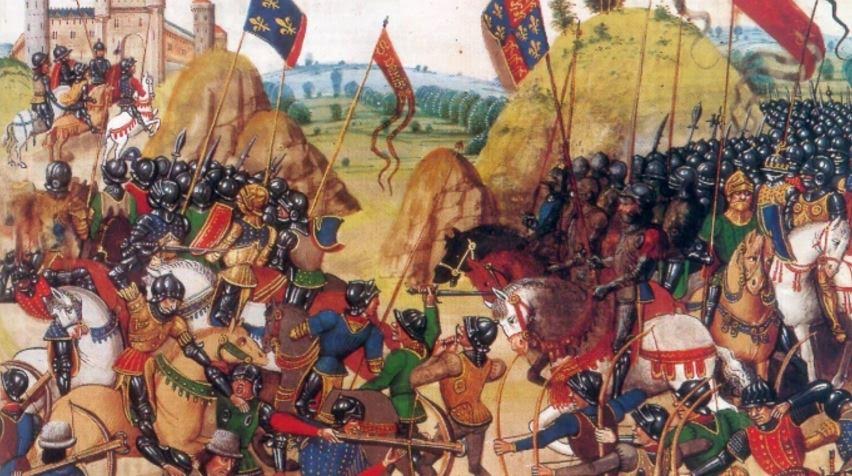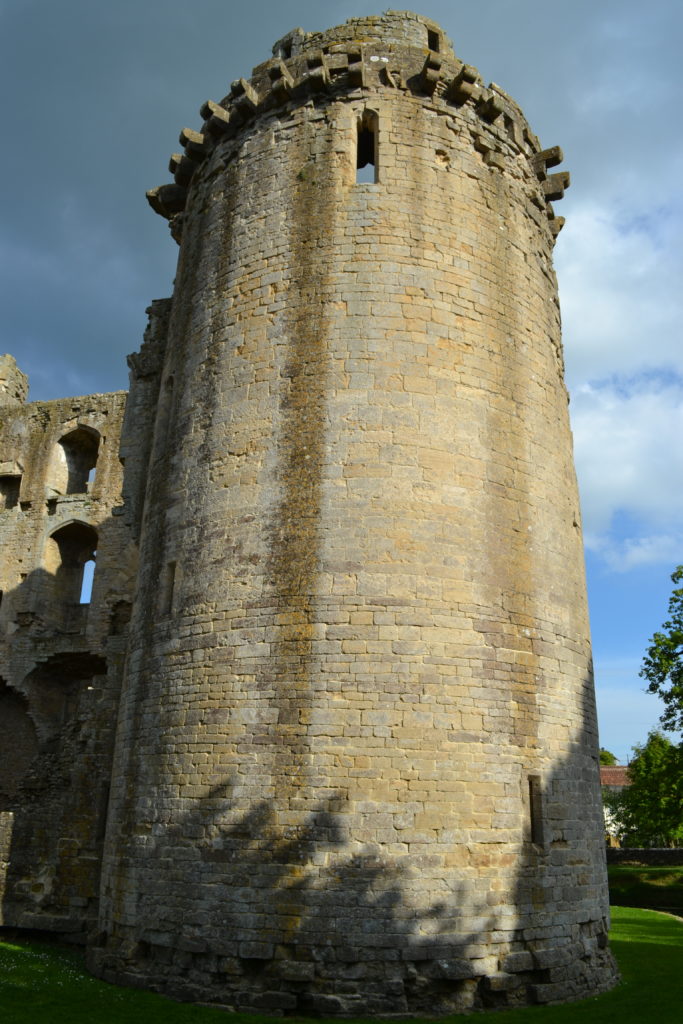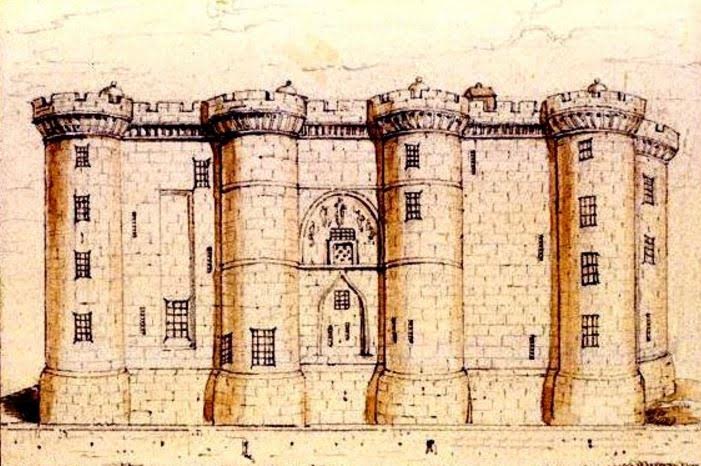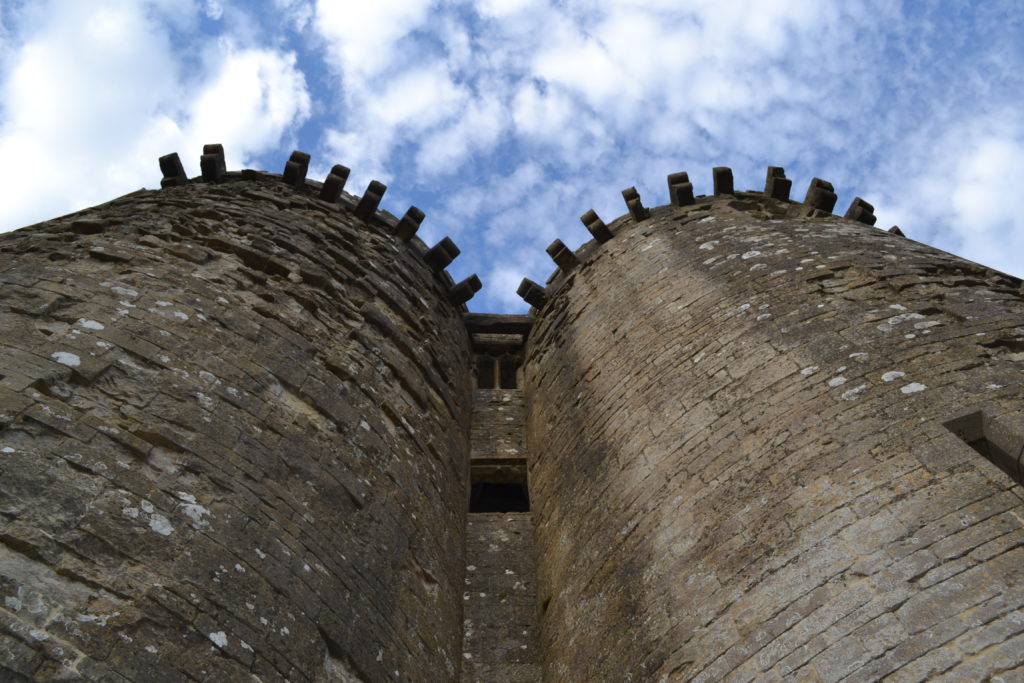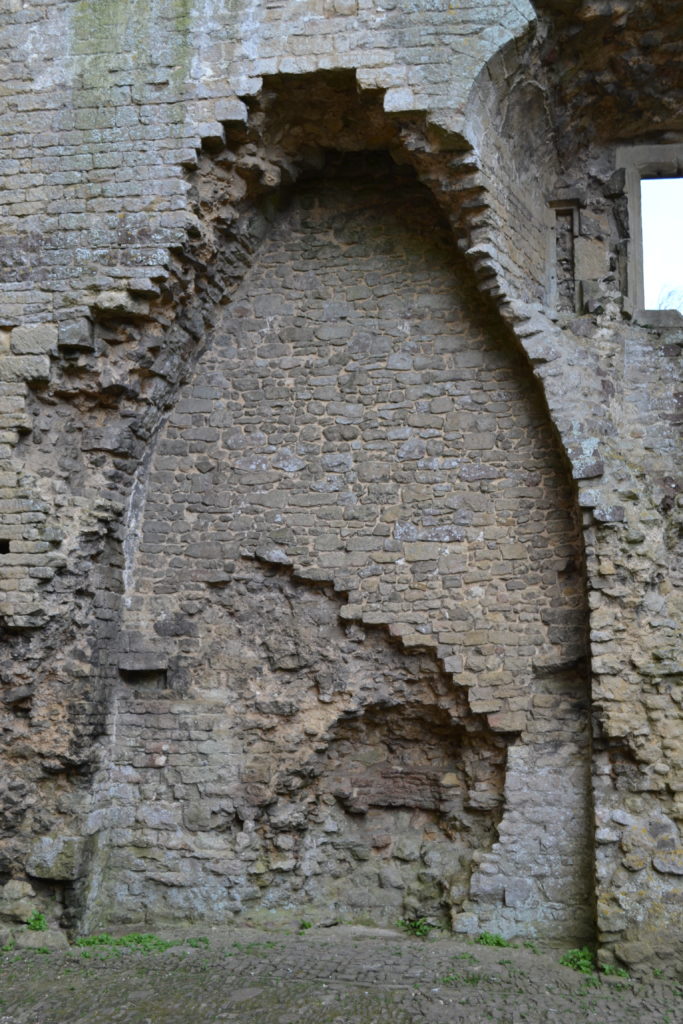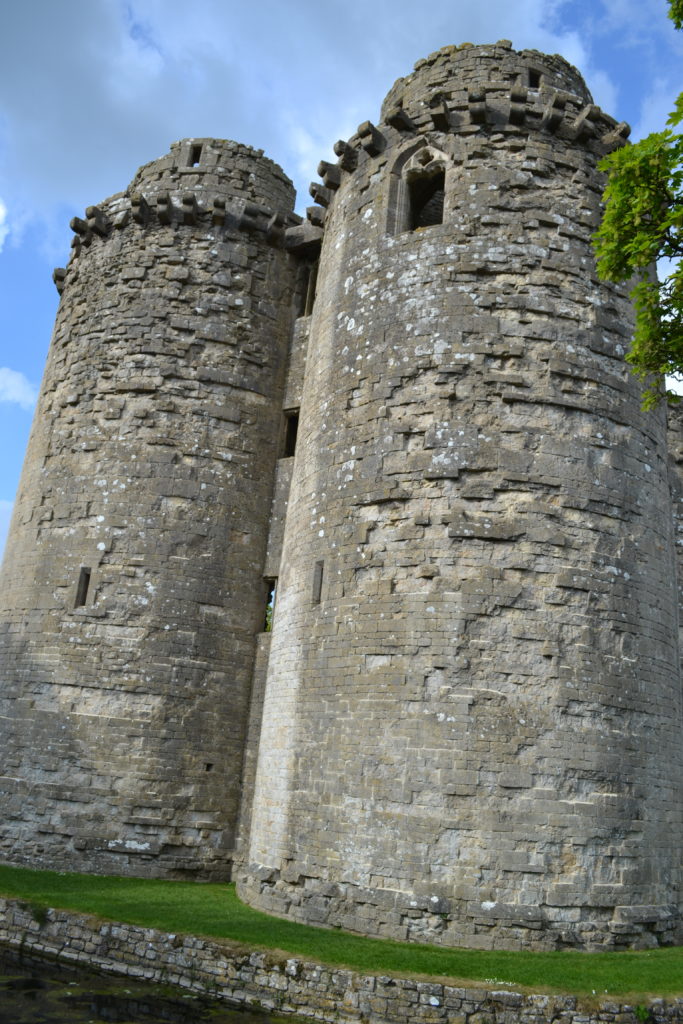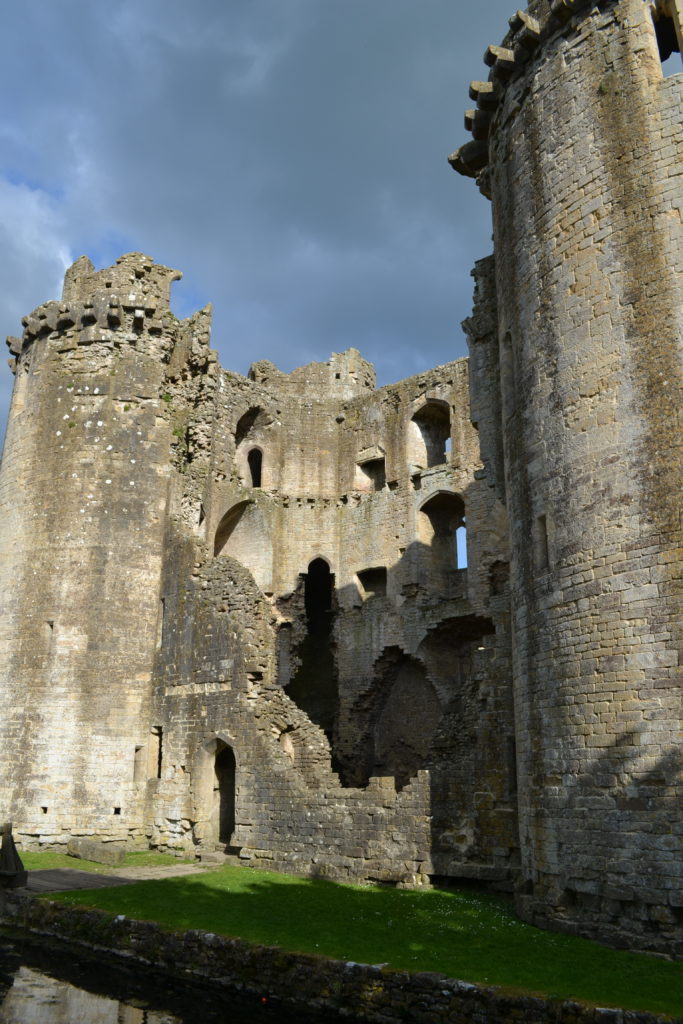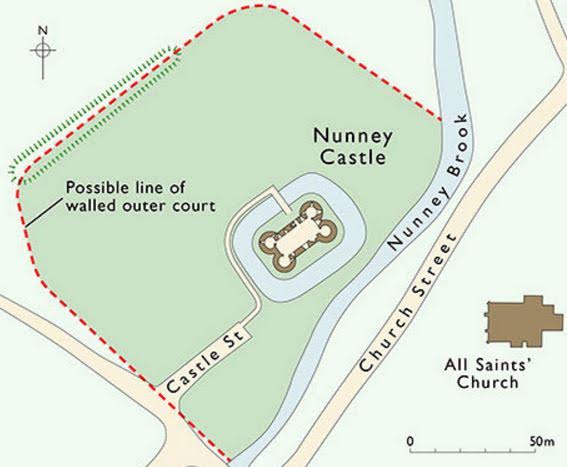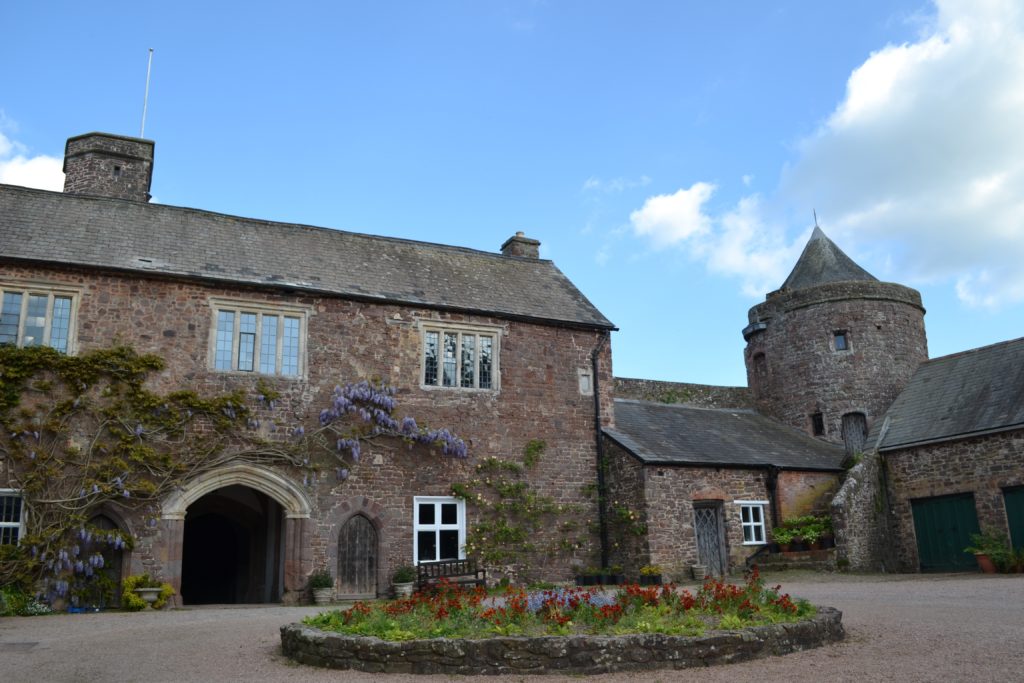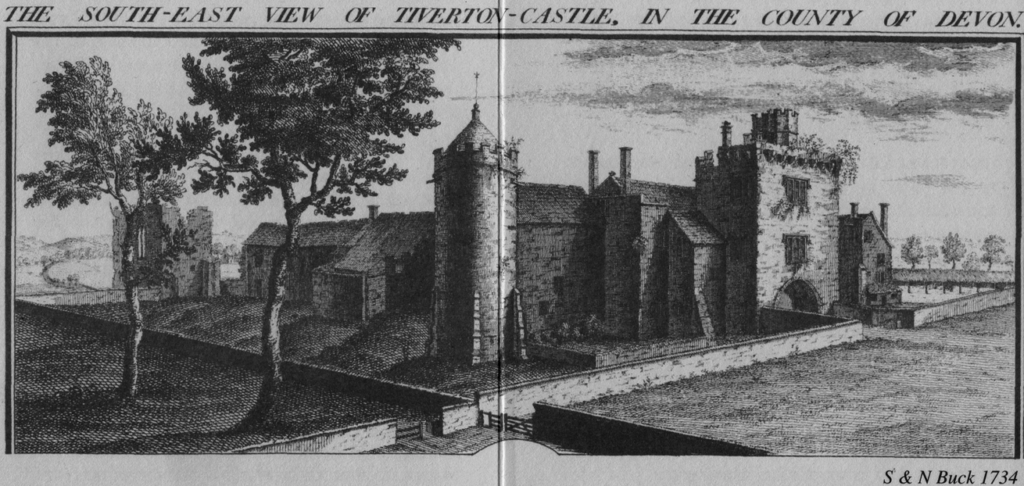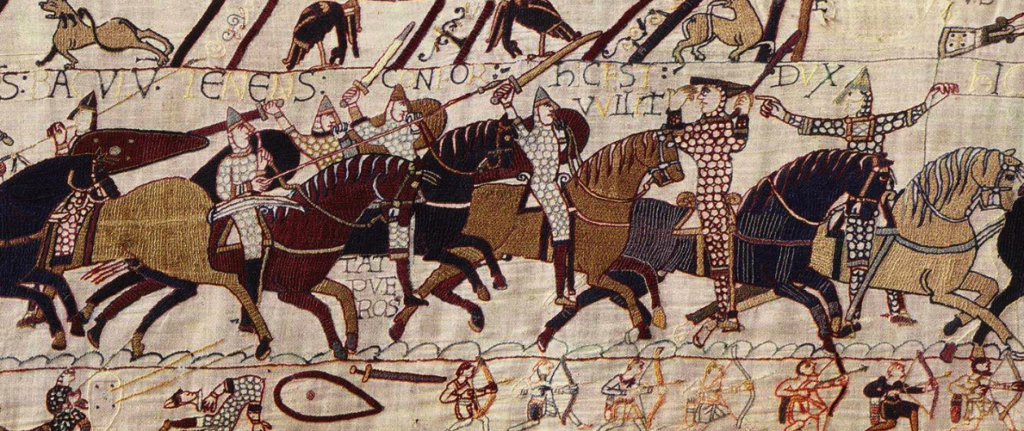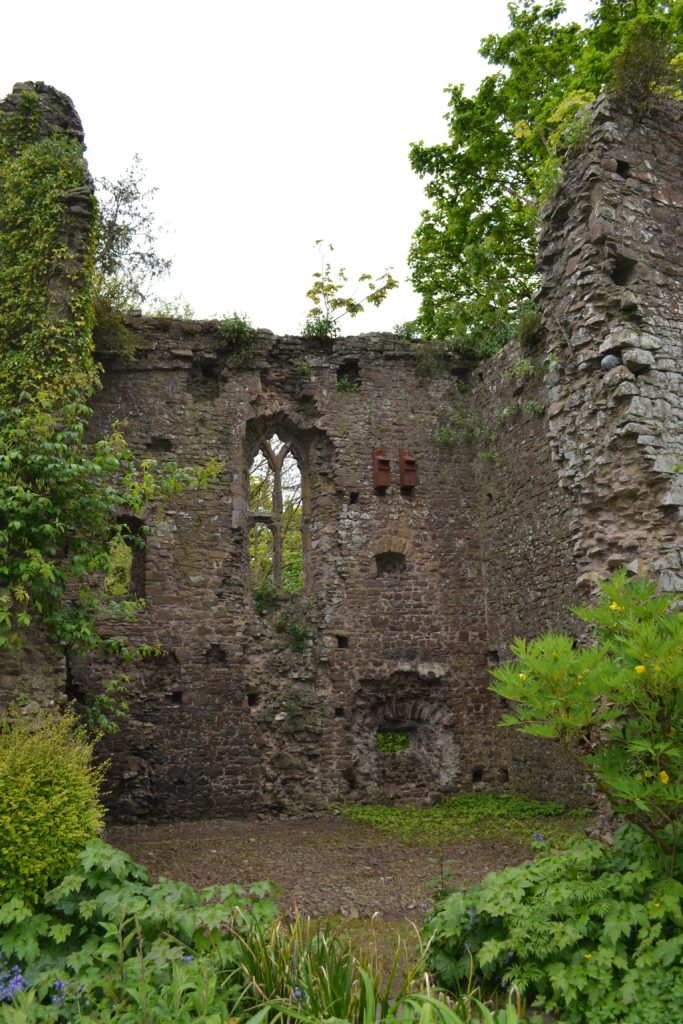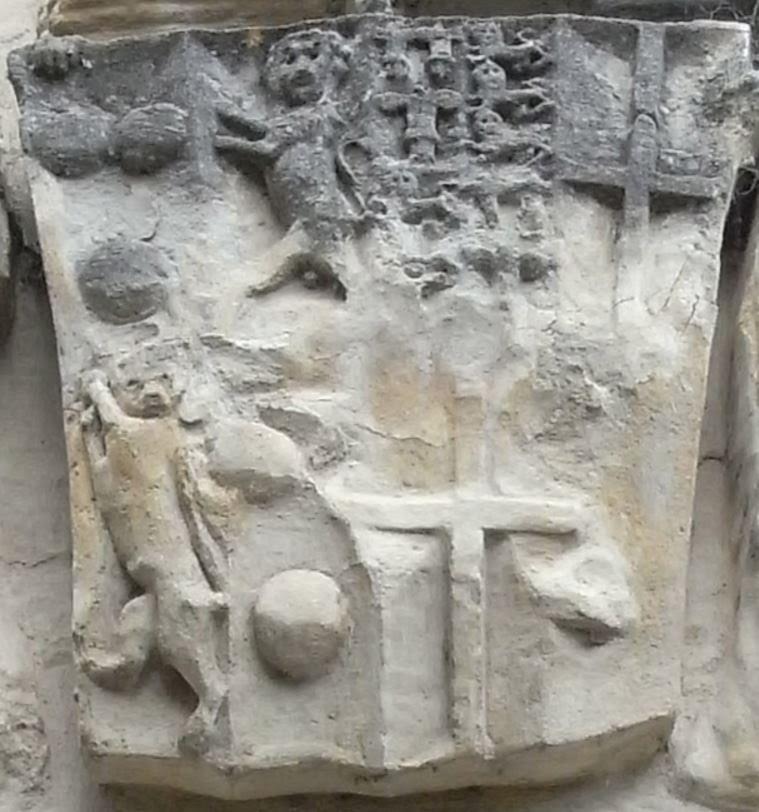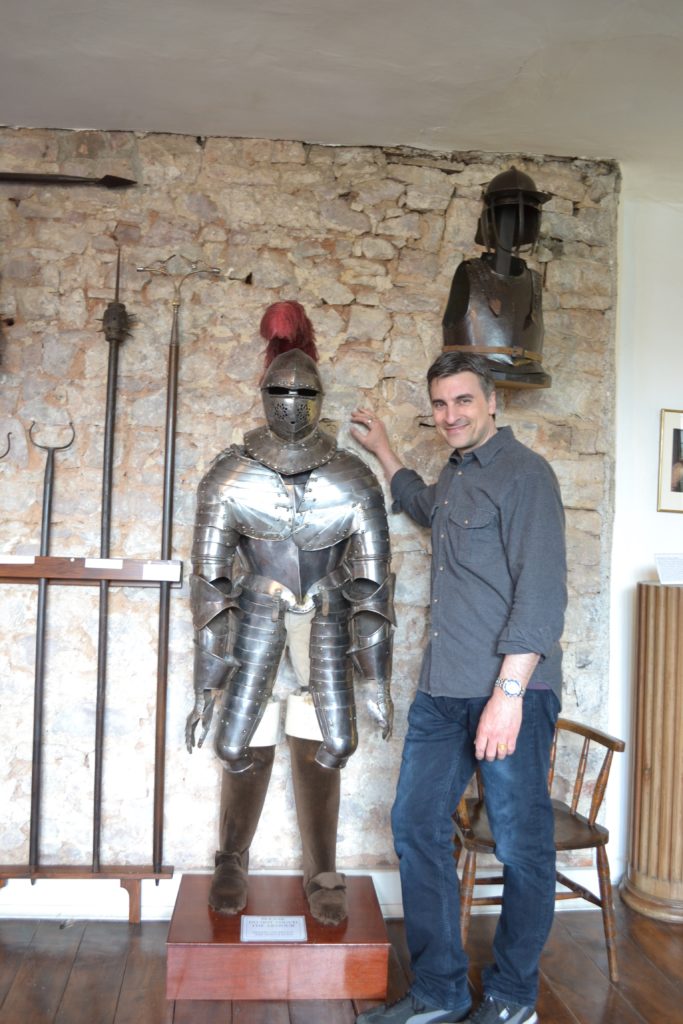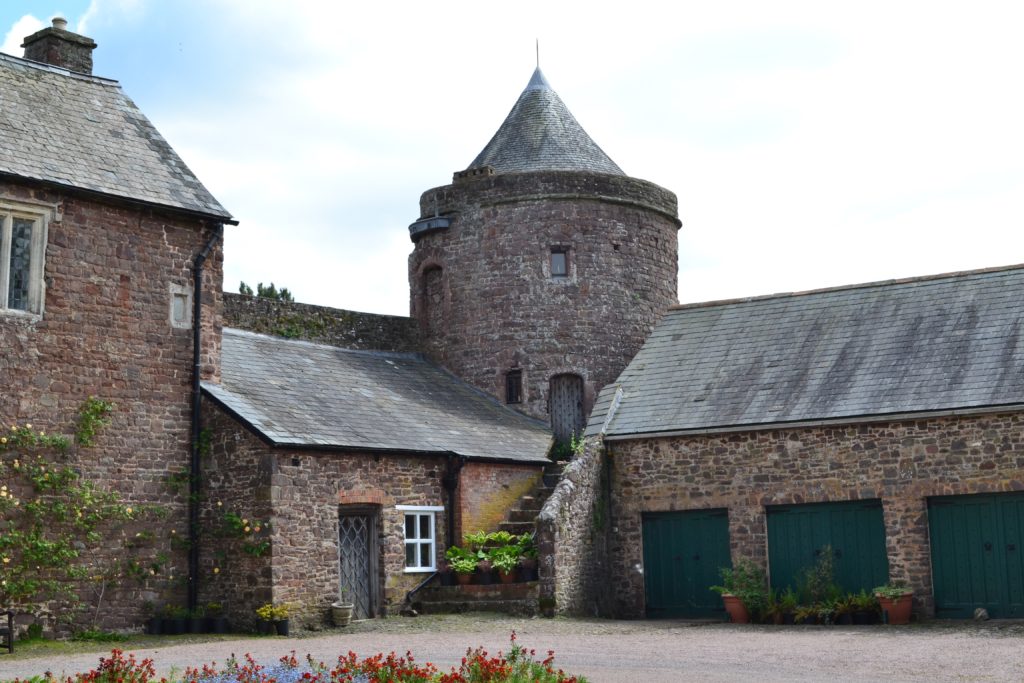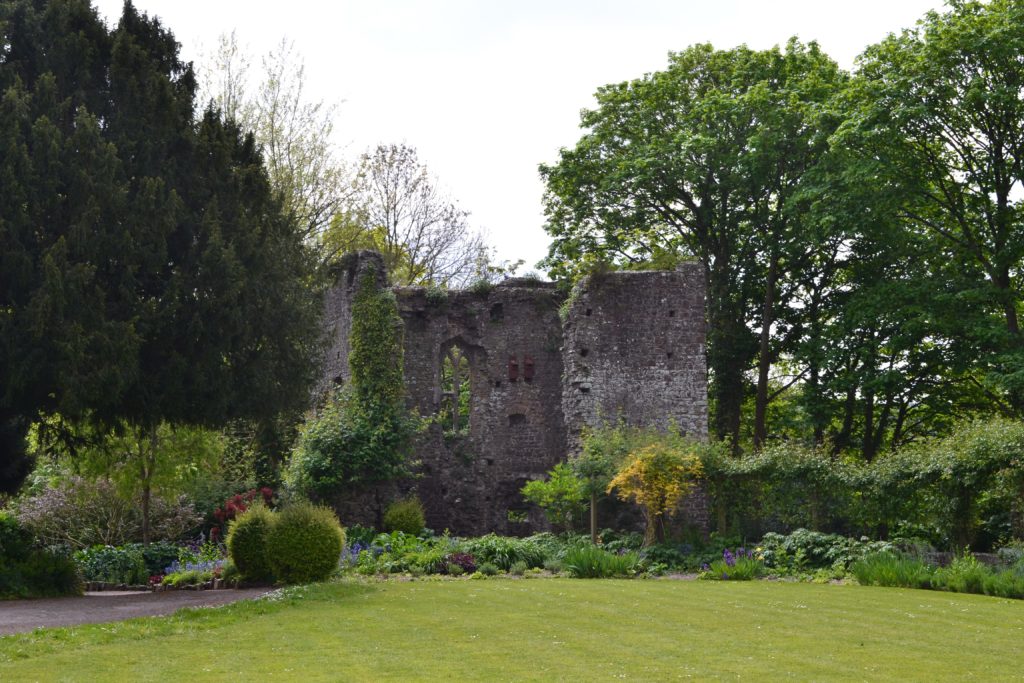England
Nunney Castle: A Somerset Fortress
On my recent journey through Devon and Somerset, I had the chance to revisit two of my favourite places – the Iron Age hill fort of South Cadbury Castle, and Tiverton Castle which we looked at last week.
This week I want to introduce you to a castle that is new to me – Nunney Castle in Somerset.
Unlike South Cadbury and Tiverton Castle, I had never been to Nunney Castle before. In fact, I had never heard of it until I was doing a bit of research for the trip and stumbled across a short listing in an old book of castles I have.
Somerset is not really known for its castles. Manor homes, Iron Age hill forts, and monasteries, yes, but not Medieval castles as most people imagine them to be.
That’s why I was so happy to find out about Nunney, and subsequently insert it on the itinerary after a visit to the small (smallest in England!) city of Wells where I used to work.
However, before I get into the specifics of my visit to Nunney Castle, we should, as is our habit here, look at a bit of the history of the site.
Nunney Castle was first built by the knight Sir John de la Mare (1320-1383) under a royal licence granted to him in 1373 by King Edward III.
You see, Sir John, like other knights of the time, was a veteran of the English forces fighting in France during the 100 Years War, and it was with the small fortune he had amassed there that he was able to pay for the building of Nunney Castle.
He did rather well for himself, and after his service in the war, he became High Sheriff of Wiltshire in 1374, High Sheriff of Somerset and Dorset in 1377, and also attained the title ‘Knight of the Shire’ in both Wiltshire and Somerset. The latter was the formal title for members of parliament representing a county in the medieval Parliament of England.
The castle that Sir John built was an ideal stronghold for serious defence, in addition to being a symbol of his power in the area.
It was built on what is called a ‘four-lobed plan’ and encircled by a moat, with machicolations and battlements running around the top. On each of the four towers, there were conical rooftops. Some believe that the design of Nunney Castle was heavily influenced by French castles which Sir John would have encountered while fighting across the Channel.
It has been pointed out that the design of Nunney is similar to that of the Bastille in Paris, particularly the machicolations.
After 1560, Nunney Castle passed into the hands of another family when it was bought by Richard Prater, a rich Londoner and Catholic who allowed Nunney to be used as a refuge for fellow Catholics during the Civil War.
However, as with Tiverton Castle, it was besieged and ruined by the Parliamentarians during the war.
It wasn’t until about 1926 that Nunney Castle came under state guardianship and cleared of plants and rubble.
I have to admit I was extremely curious about Nunney when we set out from Wells on a sunny, windswept day in Somerset.
Nunney is about fifteen miles south of Bath, and from Wells it was a fourteen mile drive, by way of Shepton Mallet.
This was a small corner of Somerset that was unfamiliar to me. The drive was lovely, the road weaving over hills, through farm and pasture land, and around clumps of forest. With puffs of white cloud racing across the blue, sunlit sky, there was a kind of odd light as we went. It was almost too bright and colourful!
When the sat nav voice told me to take a hard left and then a hard right, we found ourselves on a narrow country road. As ever, I hoped I wouldn’t meet a tractor head-on!
We continued on through the forest-flanked lane for a mile or two until we came to a tiny village. This was Nunney.
I expected to see the castle looming over the rooftops, but I saw no such thing. I drove farther into the village until we came to Castle Street and parked. Still no sign of the castle until I got out of the car, and took a few steps to the end of the short lane.
There it was, moat and all, jutting out of the village like a stone swamp monster.
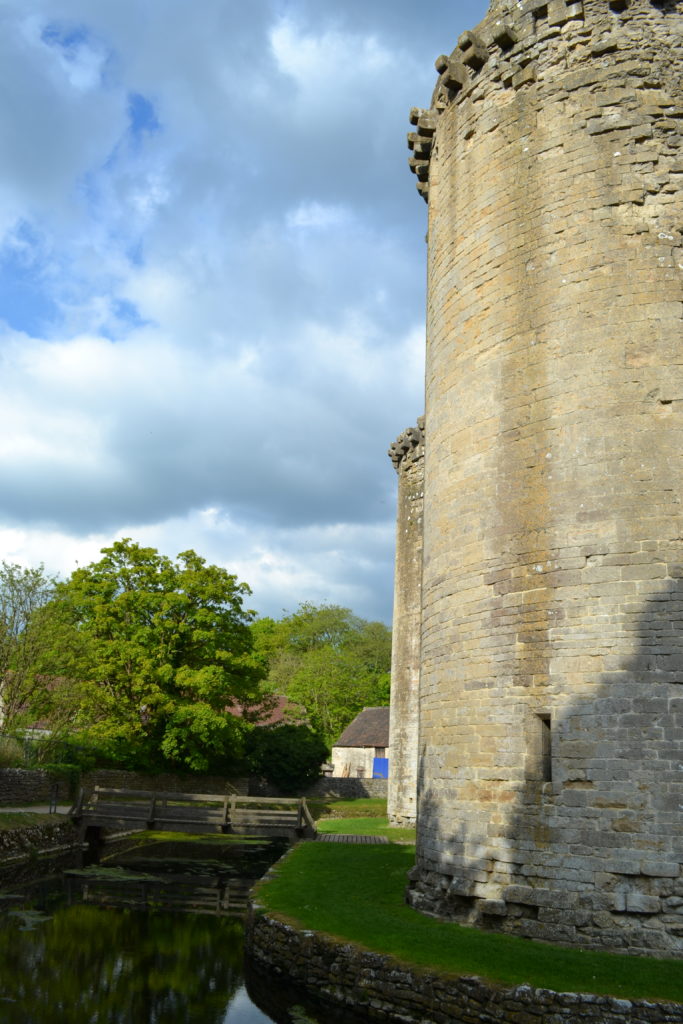
The moat at the front of the castle where the drawbridge was located, now a permanent bridge for access to the ruins
Nunney Castle really is a beautiful piece of architecture, said to be ‘the most aesthetically pleasing castle in Somerset’.
And it’s true, though there aren’t that many medieval castles in Somerset. Still, I was impressed with the apparent strength of its walls and the sheer, squat size of it. It’s also quaint, though that may be due to the fact that it’s closely bordered by private homes that come almost to the edge of the moat.
Some villages have small parks or gardens in their midst, but Nunney has a castle! What a view out of your window as you have morning coffee!
My eyes were drawn immediately to the moat, the black and green water a bit of a warning to those who might get too close. You certainly wouldn’t want to fall in there!
Once you cross the bridge, on the spot where the drawbridge would have been, you are even more struck by the high walls, the curve of the four large towers, and the remains of the castle’s various levels.
Ignoring the detritus of chips and candy no doubt left by bored local teens who hang out in there, I stepped into the middle of the ruins and looked up.
It was as if the castle came alive then.
The fireplaces on the side walls began to crackle, and the voices of sentries upon the battlements snaked their way down the curving stairs of the towers. Somewhere above, the residents dined where pigeons now flutter back and forth from one tower to the other.
I was glad we had the place to ourselves, and I suspect that if any of you do visit Nunney Castle (did I mentioned there is no charge for entry?), you will find the same.
It’s quite special when you have an historic site to yourself.
I enjoyed exploring it slowly, taking photos and trying to imagine what it was like in its full vigour. This was a little difficult, surrounded as it was by the sleepy village homes, structures that were not there in the castle’s heyday when Sir John was bound to protect the villagers about his keep.
Now it’s as if the villagers’ homes protect the castle, huddled close about it, keeping it secret and safe.
After exploring the interior from the ground level, I went back outside and walked around the perimeter of the walls.
It was hard to imagine the Parliamentarians bombarding the castle in such a sleepy place; it’s easy to breathe calmly at Nunney Castle now.
I suspect it was not the same for Richard Prater, his family, or the Catholics who had taken refuge within when the cannon had been turned on these pale stone walls.
In all, the short visit to Nunney Castle was a real treat and I would recommend it if you are in Somerset and looking for a quiet break away from the busier tourist destinations.
It’s worth the drive to explore this little-known site in the heart of this beautiful county.
Thank you for reading.
Tiverton Castle: An Idyllic Escape in Devon
As many of you will know, I recently returned from a weeklong vacation in Devon and Somerset. This was a combined family adventure and research trip for some upcoming books.
Needless to say, I had a wonderful time and have returned to the big city relaxed, inspired, and ready to hunker down and write the next book. I also want to share some of my lovely experiences with you, to introduce you to some of the places that came alive for me.
The first destination was Tiverton Castle in Tiverton, Devon.
This castle holds a special place in my heart, but before two weeks ago I had not been back for 15 years.
For a long time, I’ve been daydreaming about a return visit to this lovely castle tucked away in Devon, between Exmoor and Dartmoor.
When our car pulled up, it was like being welcomed by an old friend after too long an absence.
Before I talk about my experience revisiting this castle, we should discuss the history of this place. After all, that’s what this blog is all about!
Tiverton Castle may not be one of the titans of tourism in Britain, but it is no less deserving of a visit, and if you are up for it, a stay within its walls.
There has been human habitation around Tiverton since the Stone Age, but the town itself really peaked financially with its thriving wool trade in the 16th and 17th centuries.
However, I want to focus on the castle itself, for it has a long and varied history that is both fascinating and tragic.
Prior to the Norman Conquest of 1066, the land upon which Tiverton castle would later be built formed part of the estates of the Saxon Princess, Gytha, the sister-in-law of King Canute, and the Mother of King Harold. After the Conquest, the lands came into the possession of William the Conqueror (King William I) and his heirs.
In 1100, when Henry I came to the throne, he began granting land to some of his followers for the purpose of building castles. It was at Tiverton that Henry I commanded Richard de Redvers to build a castle overlooking the important crossing point of the River Exe. This early fortress was probably completed around 1106.
Richard de Redvers’ son, Baldwin, became the 1st Earl of Devon and the manor of Tiverton continued to be held by six successive earls until 1262 when the male line died out. The last earl was succeeded by his sister Isabella, a widow, who assumed the title of Countess of Devon and was one of the richest heiresses in the land. When Isabella died, Tiverton went to her cousin, Hugh de Courtenay.
The Courtenays are thought to be largely responsible for the bulk of the building at Tiverton Castle, the medieval remains of what we see today.
It’s believed that the family originally came to England in the entourage of Eleanor of Aquitaine.
In 1335, it was King Edward III who made Hugh de Courtenay Earl of Devon at Tiverton Castle, and it is believed that Hugh was responsible for building the curtain walls with towers at the corners, and the living quarters on the west side by the river.
The Courtenays held Tiverton Castle for about 260 years until, during the Wars of the Roses, the castle and title were lost to the family as some of them were staunch Lancastrian supporters.
With the death of Richard III at the Battle of Bosworth in 1485, however, it was Henry VII who reinstated Sir Edward Courtenay as Earl of Devon at Tiverton Castle. In about 1485, his son, William Courtenay married Princess Katherine Plantagenet, the daughter of Edward IV, and sister of Henry VII’s queen, Elizabeth.
Katherine had something of a sad life – she was also the sister of Edward V of England and Richard of Shrewsbury, Duke of York, both of whom are rumoured to have been killed in the Tower of London by their uncle, Richard III. If you’ve read Shakespeare’s play, you’ll know all about this.

The daughters of King Edward IV and Elizabeth Woodville with Princess Catherine Plantagenet second from the right
Princess Katherine was the most famous resident of Tiverton Castle. She lived there for many years, after outliving her own children, and when she died in 1527, she was buried (at her request) in St. Peter’s Church next door.
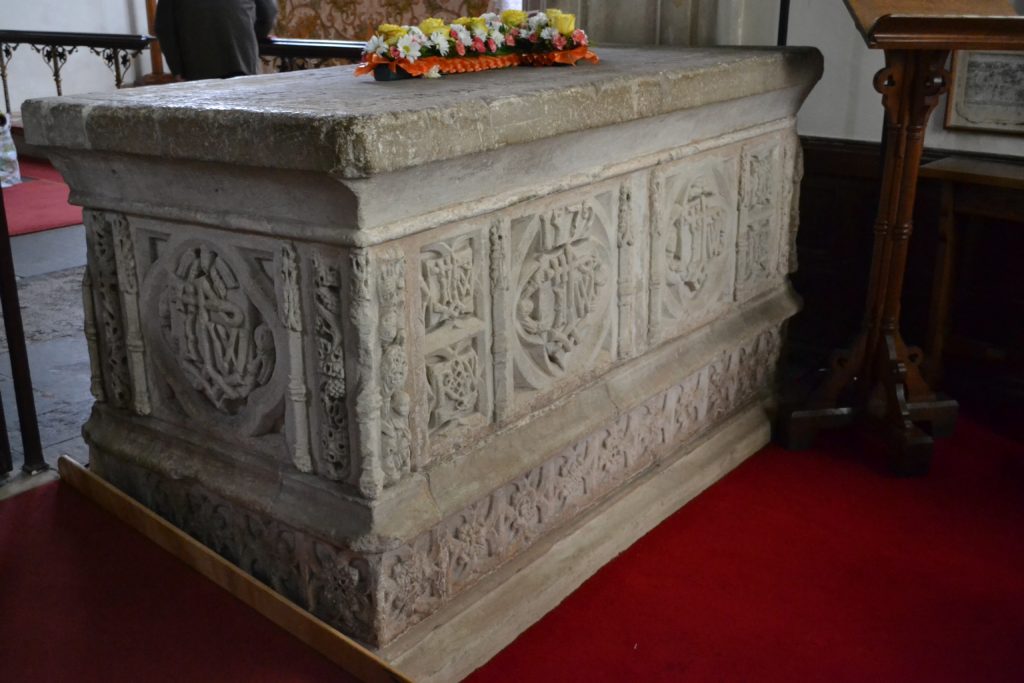
Princess Catherine’s tomb is believed to lie beneath the tomb of this merchant in St. Peter’s Church. The very bottom is said to be part of her burial.
During the years of the English Civil War, more building was done at Tiverton Castle, which was held for King Charles I.
It was widely acknowledged that Tiverton held great strategic importance at this time, and so this led to the only occasion in which the castle faced an enemy attack. The Parliamentary army, under the command of Sir Thomas Fairfax, commenced bombarding the castle with cannon and gun.
It was a lucky cannon shot that hit the drawbridge chain, allowing the Parliamentarians to rush into the castle and church to plunder. Few lives were lost in the siege, but for one woman who was hit by a cannon ball in the round tower while holding her child. The child survived.
I’ve glossed over the rich history of Tiverton Castle, opting to give you some of the highlights. There is much more to it, but I feel that a visit to the castle itself is the only way to do it justice.
After the Civil War siege, Tiverton Castle was under the ownership of various families over time. Today, it is owned and lovingly cared for by Angus and Alison Gordon who give a warm welcome to any visitors to the castle.
Over time, the Gordons have become family friends, and Tiverton Castle a place that we will return to when we are in need of an escape.
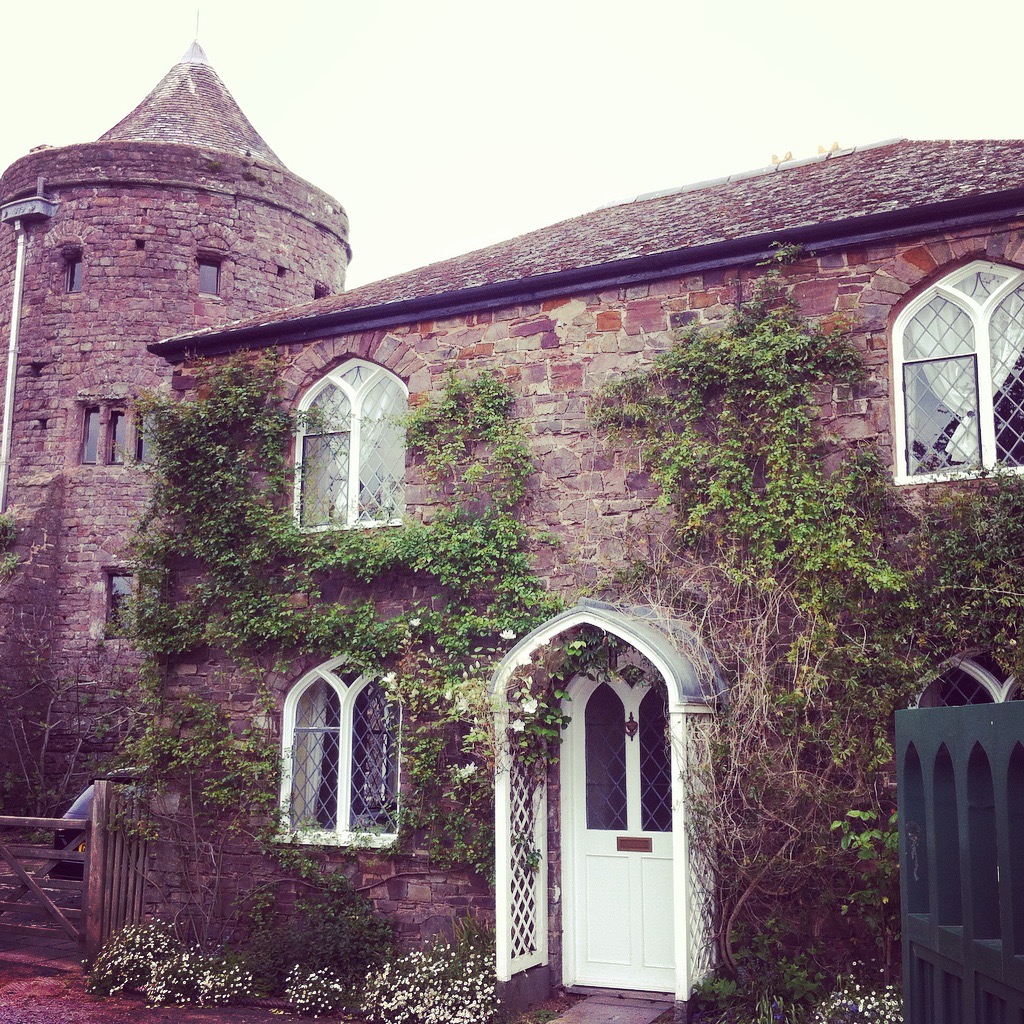
The Castle Lodge, our wonderful self-catering accommodation at Tiverton Castle. This is just one of many beautiful accommodations!

